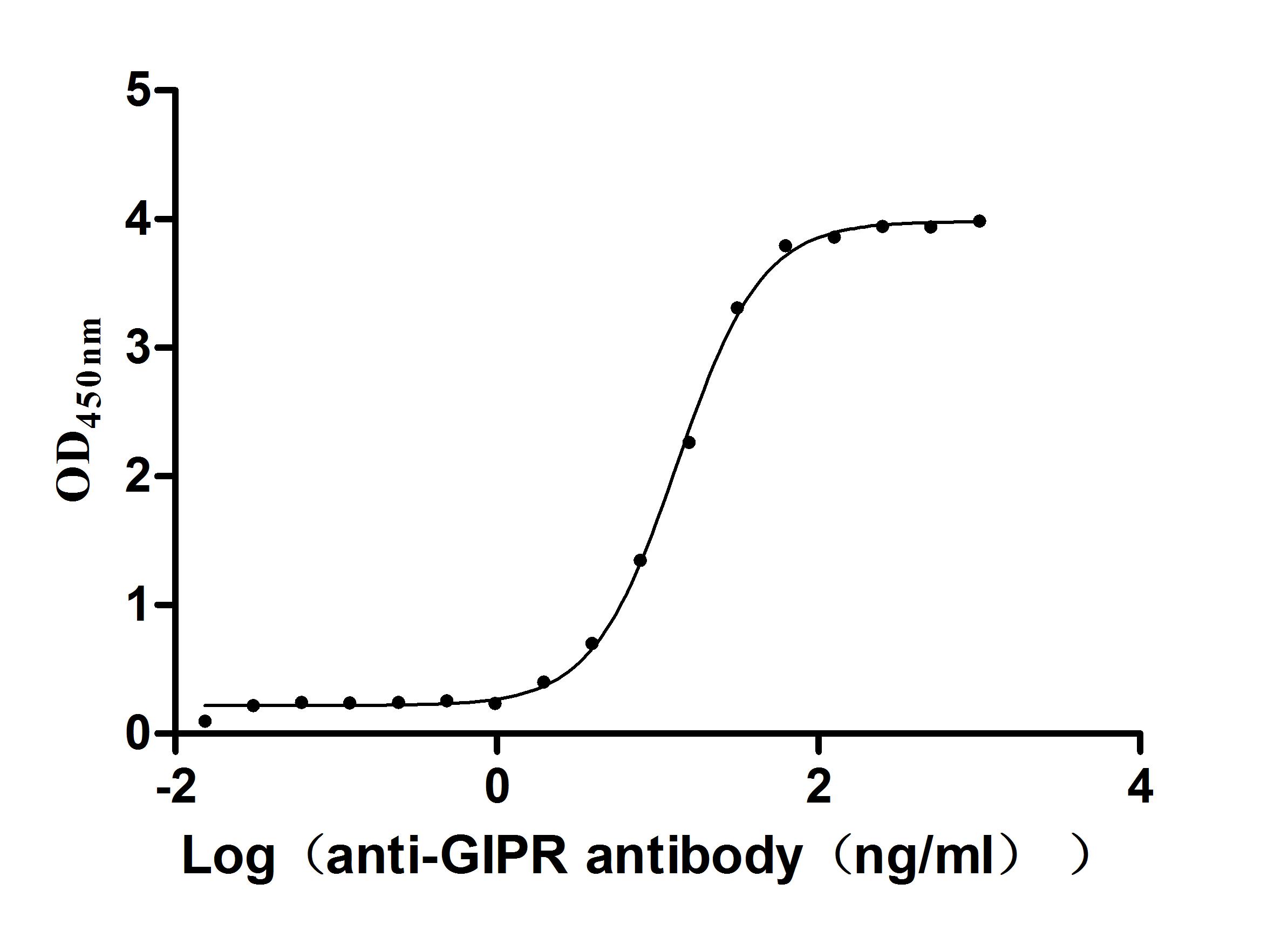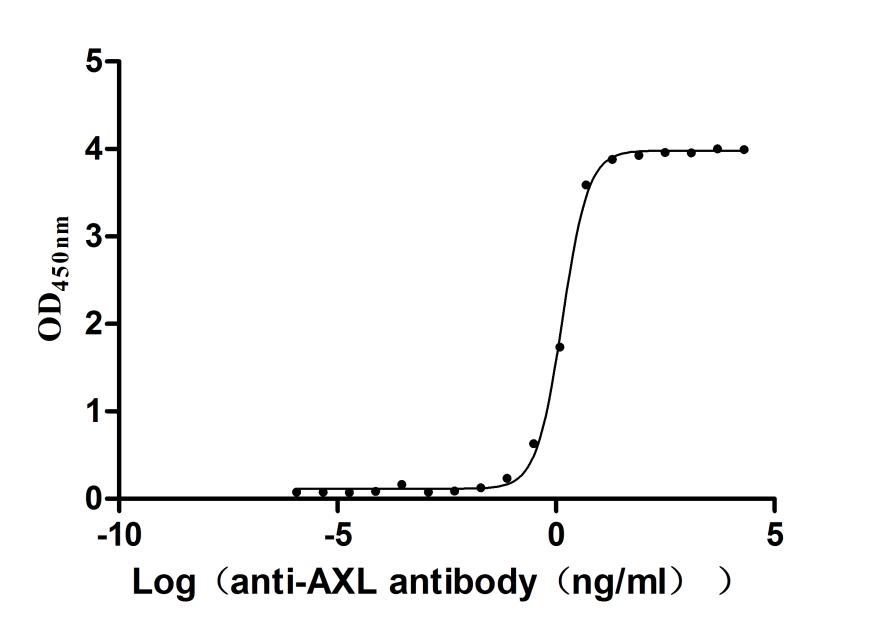-
纯度:
Greater than 90% as determined by SDS-PAGE.
-
基因名:
N/A
-
Uniprot No.:
-
别名:
(E4-ORF6)(Early 4 34 kDa protein)(E4-34k)
-
种属:
Human adenovirus C serotype 2 (HAdV-2) (Human adenovirus 2)
-
蛋白长度:
Full Length
-
来源:
Yeast
-
分子量:
35.6 kDa
-
表达区域:
1-294aa
-
氨基酸序列
MTTSGVPFGMTLRPTRSRLSRRTPYSRDRLPPFETETRATILEDHPLLPECNTLTMHNVSYVRGLPCSVGFTLIQEWVVPWDMVLTREELVILRKCMHVCLCCANIDIMTSMMIHGYESWALHCHCSSPGSLQCIAGGQVLASWFRMVVDGAMFNQRFIWYREVVNYNMPKEVMFMSSVFMRGRHLIYLRLWYDGHVGSVVPAMSFGYSALHCGILNNIVVLCCSYCADLSEIRVRCCARRTRRLMLRAVRIIAEETTAMLYSCRTERRRQQFIRALLQHHRPILMHDYDSTPM
Note: The complete sequence including tag sequence, target protein sequence and linker sequence could be provided upon request.
-
蛋白标签:
C-terminal 6xHis-tagged
-
产品提供形式:
Liquid or Lyophilized powder
Note: We will preferentially ship the format that we have in stock, however, if you have any special requirement for the format, please remark your requirement when placing the order, we will prepare according to your demand.
-
缓冲液:
If the delivery form is liquid, the default storage buffer is Tris/PBS-based buffer, 5%-50% glycerol.
If the delivery form is lyophilized powder, the buffer before lyophilization is Tris/PBS-based buffer, 6% Trehalose.
-
复溶:
We recommend that this vial be briefly centrifuged prior to opening to bring the contents to the bottom. Please reconstitute protein in deionized sterile water to a concentration of 0.1-1.0 mg/mL.We recommend to add 5-50% of glycerol (final concentration) and aliquot for long-term storage at -20℃/-80℃. Our default final concentration of glycerol is 50%. Customers could use it as reference.
-
储存条件:
Store at -20°C/-80°C upon receipt, aliquoting is necessary for
mutiple use. Avoid repeated freeze-thaw cycles.
-
保质期:
The shelf life is related to many factors, storage state,
buffer ingredients, storage temperature and the stability of the protein
itself.
Generally, the shelf life of liquid form is 6 months at -20°C/-80°C. The
shelf life of lyophilized form is 12 months at -20°C/-80°C.
-
货期:
Delivery time may differ from different purchasing way or location, please kindly consult your local distributors for specific delivery time.
-
注意事项:
Repeated freezing and thawing is not recommended. Store working aliquots at 4°C for up to one week.
-
Datasheet & COA:
Please contact us to get it.




-AC1.jpg)
















